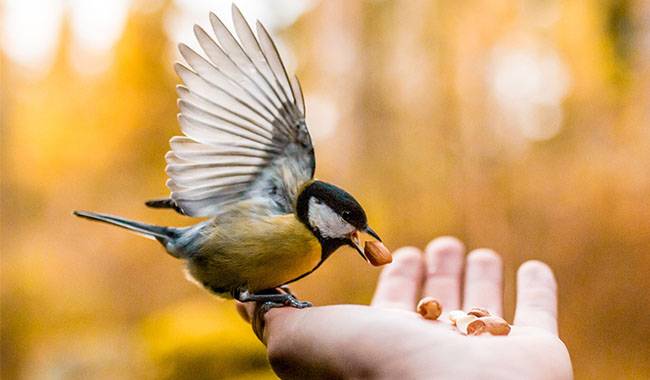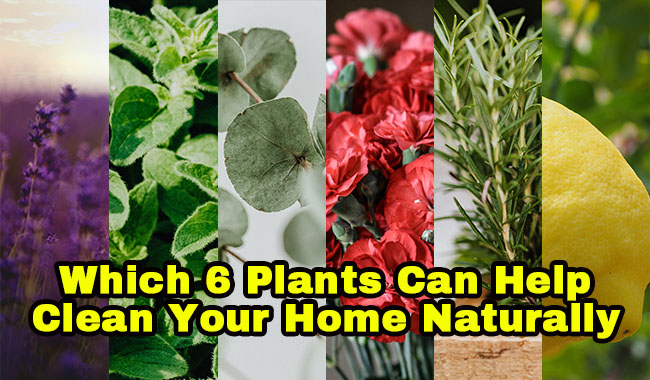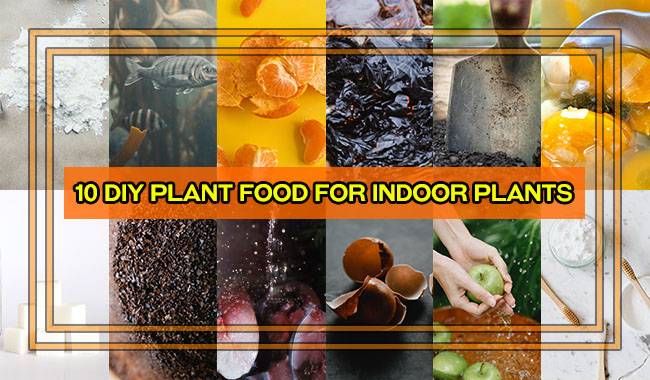
Flowers are the envy of everyone, so they are grown not only in gardens or in the countryside, but also at home. So what could be more surprising and delightful than a snowstorm howling outside the window while beautiful flowers bloom at home at the same time?
This article is about natural fertilizers and how to DIY plant food for indoor plants. Because if you do not fertilize your flowers, you can not grow beautiful and lush plants. The truth is that, in general, in villages, flowers are systematically fertilized, and florists often neglect those growing on windowsills or in backyards.
WHEN DO HOUSEPLANTS NEED TO BE FERTILIZED
Houseplants need to be fertilized frequently because plants have a very limited supply of nutrients. Even if a flower is planted in a large enough pot, it will still be deficient in many minerals. In fact, over time, the soil in the pot is depleted, and the plant needs to be fertilized regularly with various fertilizers.
Part of the problem can be solved by replanting. However, fresh soil will be depleted very quickly. Most inexperienced growers believe that by transplanting, plants will receive at least six months, if not a year’s supply of nutrients. But this is not the case. As a rule of thumb, the soil is almost completely used up after about eight weeks and must be supplied with nutrients, more so if the plants are about to enter an active growth or flowering phase. Only during the stationary phase should fertilizer be absolutely not applied.
The main signs that houseplants in the home should be fertilized as soon as possible are as follows.
- The plant’s growth has slowed down considerably.
- the leaves have lost their former strong color and have become quite small and pendulous.
- long, thin, and very brittle shoots.
- The plant does not flower.
- Leaves begin to turn yellow and fall off or begin to form various spots and other signs of disease, and the plant’s defenses usually decline.
However, it is best not to go this far. Therefore, you should nourish your flowers with plants. But what are natural fertilizers, and how should you use them?
Fertilizers 1. Sugar
Florists widely use fertilizers such as sugar to fertilize their plants. No one remembers who first thought of using sugar to feed flowers, but it is the most common and affordable option that almost everyone has for indoor flowers.
What’s in it for the plants
The fact is that granulated sugar breaks down into glucose and fructose. The latter substance is useless for plants, but glucose is very necessary for them. It is a energy source, which plants consume during respiration, absorption of minerals and other valuable substances, etc. Glucose also contributes to the rapid growth of flowers since it is directly involved in forming complex organic molecules.
However, when fertilizing plants with sugar, it is important to note that glucose can only promote plant growth if it is fully absorbed, which requires only carbon dioxide. If it falls below the requirement, the sugar in the ground will be of little use to the plants but will become a good breeding ground for various rot and mold fungi. To avoid this, any kind of EM preparation should also be used. As a result of this combined fertilization, the glucose will be well absorbed by the plants.
How to make the fertilizer
To make this fertilizer, you need 500 grams of water and add a tablespoon of sugar. Mix well. It can also be made much simpler. Simply sprinkle the dry sugar on the soil of the pot and water the plants.
Frequency of fertilization
The resulting solution should be used only once every four weeks.
Fertilizing with glucose
Fertilizers containing glucose are even more effective than granulated sugar. You can buy them at any pharmacy. You only need to add one tablet for every 0.25 Gal (1 liter) of water. Once it is completely dissolved, it will be watered or sprinkled on the plants. By the way, this type of fertilizer should also be done no more than 1 time in 4 weeks.
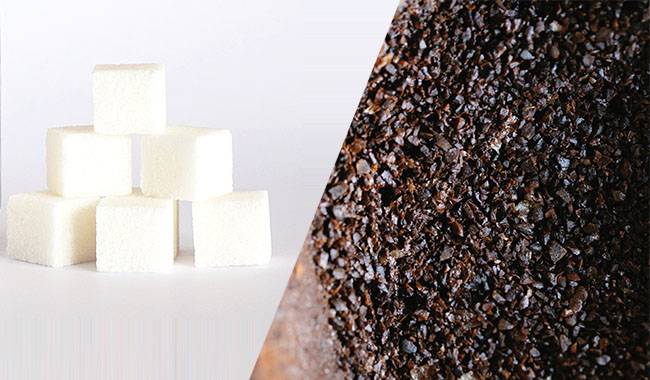
Fertilizer 2. Coffee and Tea
Coffee grounds are also often used as fertilizer, not only for house plants but also for plants growing outdoors. This fertilizer is easily available. All you need to do is natural brew coffee, and once the liquid is finished, the coffee grounds should not be thrown away but mixed with the soil in the pot. The result will be that the soil will become lighter and more friable. The acidity of the substrate will increase, and the amount of oxygen will rise.
Which flowers are best fertilized with coffee grounds?
Before using this fertilizer on flowers, you should know how it reacts to too much acidity in the ground, as it is not practical for some plants. Street flowers that respond very well to coffee grounds include gladioli, roses, most evergreens, azaleas, lilies, and rhododendrons.
Tea grounds
Not only natural coffee but also tea broth from tea leaves is used as a fertilizer for houseplants. However, you should be careful with its use as the soil mixed with the brew can cause black flies (cyanide). If you do fertilize your plants in this way, the brew must be gently mixed with the top layer of the substrate to make it more crumbly.
Fertilizer 3. Citrus peels and other fruit peels
Many growers use the peels of citrus fruits, such as oranges or tangerine and banana peels, as fertilizer. But before you apply fertilizer, you first need to prepare it.
First, you need to chop the citrus peel very finely and put it all into a 0.25 Gal (1 liter) glass jar. It should be 1/3 full. Then pour the freshly boiled water into the jar. Let the mixture steep for 24 hours. After that, filter it and bring the liquid back to 0.25 Gal (1 liter) by adding boiling water. Once the fertilizer is ready, you are ready to fertilize.
This is very similar to making banana peel fertilizer. Fill the jar only halfway, not a third of the way. Pour boiling water over the contents, soak for a day, strain and add the desired amount of water to the container.
Banana peels can also be added directly to the soil when replanting. To do this, first dry and grind it, or grind it very well. After a while, it will begin to break down and release micronutrients, promoting the rapid growth of the plant’s green mass.
You can also make a nutrient-rich mixture with citrus peels and bananas. All you need to do is fill a 0.8 Gal (3 liters) glass jar with chopped citrus peels and banana peels in a 1:1 ratio. The jar should be one-third full. Pour a few small spoons of granulated sugar into the jar, then pour in the water, which should be warm. Then cover the container and place it in a warm dark place where the fertilizer and will persist for 21 days (from time to time, it is necessary to shake the contents). After the specified time, a light yellow cloudy liquid should form in the jar. It can be kept in the refrigerator for a long time. The liquid is diluted with clean water at a ratio of 1:20. This fertilizer should be given to plants only once every 4 weeks.
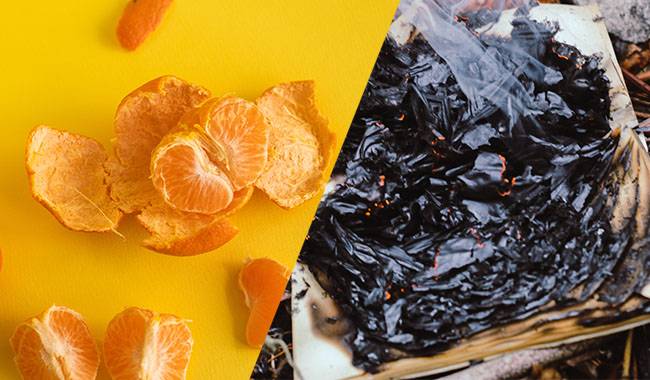
Fertilizer 4: Ash
Most novice growers don’t consider ash to be a complete fertilizer, which is wrong. In fact, it contains substances that plants need, such as phosphorus, potassium, calcium, zinc, magnesium, iron, and sulfur. It should be noted that the first two elements are easily absorbed by the flowers, so ash is simply the perfect fertilizer for plants.
How to handle ashes
Spreading ash on your plants is easy, and you can mix it with the soil when you transplant the plants. This not only enriches the soil with nutrients but also sterilizes it. If the roots are damaged during the transplanting process, they will not rot.
Ashes also be used as a liquid fertilizer. Mix 0.25 Gal (1 liter) of water with a tablespoon full of ash.
Fertilizer 5. Yeast
Yeast is an excellent fertilizer for stimulating growth. This is because it contains coenzymes, B vitamins, and phytohormones that significantly accelerate the growth of flowers. Cytokinin, a hormone involved in regulating cell division and differentiation, also has a beneficial effect on flowers.
What also distinguishes this home-grown fertilizer from many others is that it has gained the attention of scientists. Studies have shown that yeast increases the activity of microorganisms in the ground, improves the release of carbon dioxide, and the mineralization of organic matter is faster. In this respect, this type of fertilizer is equivalent to complete mineral fertilizer.
Preparing yeast nutrient solution
To make a yeast nutrient solution, you will need 10 g of compressed yeast, one tablespoon of granulated sugar, and 0.25 Gal (1 liter) of warm water. The compressed yeast can be replaced by dried granulated yeast. Then you have to take dry yeast (10 g), granulated sugar (3 tablespoons), and water 2.5 Gal (10 liters). The solution obtained in both cases must be left for 2 hours. Then add some of the solutions to the water and water the plants (in a ratio of about 5:1).
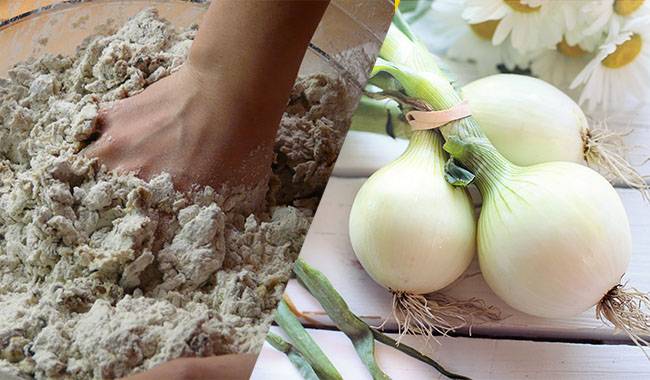
Fertilizer 6. Onions
Onion is also used quite widely as a fertilizer. This use is his shell, which contains many necessary and, without exception, useful trace elements for all plants. An “onion cocktail” is made from shells.
Preparing onion cocktails
Making them is easy, but you should remember that they can not be stored. Therefore, you will need onion skins (50 g) and hot water 0.5 Gal (2 l). Mix the ingredients in a pot and bring the mixture to a boil. Once the liquid has simmered for 10 minutes, please remove it from the heat and let it sit for at least 3 hours. Spray the flowers with the filtered decoction.
Fertilizer 7. Humus
Humus is a fertilizer that is not only suitable for fertilizing indoor plants, but also for plants growing in the garden or vegetable garden. Therefore, most garden hospices believe that humus is the best way to fertilize plants because of its many advantages, such as nutrient-rich and easily accessible.
However, it should be noted that there are many types of humus, and although they have many things in common, most plants feed on only one type of fertilizer. For example, ficus trees, citrus fruits, palm trees, and windbreaks all require poultry manure. Fertilizing them with cow manure does not make them better. You have to be very careful with poultry manure because it is very nutrient-dense. Usually, only large, fast-growing species should be fertilized with this manure.
You should prepare the fertilizer before you apply it directly. You will need 0.8 Gal (3 liters) of water and bird droppings (10 g). Mix it up until the muddy liquid turns green. Before adding the fertilizer to the pot, you should pour in a small amount of water.
Other indoor plants are best fertilized with leaf humus. Mix with soil when transplanting. This enriches the soil with many trace elements and gives it a better structure.
If you have humus based on cow, pig, or other manure, you should mix it with water. Take 100 grams of humus for every 2.5 Gal (10 liters) of water.
Humus has a rather peculiar odor and can be kept for several hours. If you use it to fertilize your potted plants, be prepared for it. However, if the humus is made in an accelerated process, it will not have an unpleasant odor. It is usually free of pathogens and weed seeds. However, it will not make liquid fertilizers and should only be mixed with soil when replanting flowers.
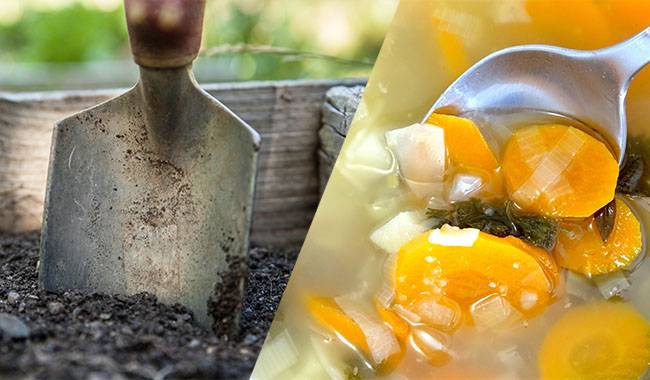
Fertilizer 8. Vegetable Decoction
Some growers are convinced that salt-free vegetable decoction is an excellent fertilizer for houseplants and can enrich the soil with nutrients. However, there are many people who disagree with this method of fertilization.
Fertilizer 9. Aquarium water
You can use regular aquarium water instead of store-bought fertilizer. It contains a lot of substances that can excel at stimulating plants. The water is also quite soft and has a neutral pH. However, only water it in spring and summer, when they are quite active. The rest of the year, it is best not to use it as a fertilizer.
But you don’t need to water all the time. Once every 4 weeks is enough. Otherwise, the numerous small algae in the substrate will quickly multiply. This makes the soil acidic and turns green.
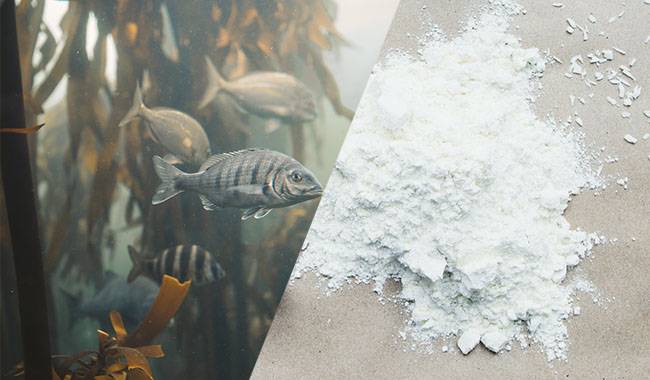
Fertilizer 10. Succinic acid
Processing natural amber produces Succinic acid. It is considered to be very useful and finds applications in various fields. In turn, florists use this Succinic acid to fertilize indoor flowers.
In appearance and taste, this substance has some similarities with citric acid, but there are still differences. A nutrient solution must be made to fertilize plants. It can be made fairly quickly and easily. You can do it like this: take 1.3 Gal (5 liters) of water and pour Succinic acid (1 gram) into it. Then mix the liquid well, and you can use it as directed. To fertilize plants, water, or spray. The most suitable plants to fertilize with this acid are agaves, greens, zinnias, begonias, citrus, ficus, and prickly pears.
However, it would help if you only used it very sparingly – in fact, only once every 12 months. If you fertilize them more frequently, you run the risk of worsening their condition.
MORE DIY PLANT FOOD FOR INDOOR PLANTS
In addition to the above fertilizers for home flowers, there are other fertilizers available. They are used much less frequently.
Water leftover from washing grains
It is believed that water used to wash various grains, such as buckwheat, rice, millet, etc., is very beneficial to plants. It has a considerable amount of trace elements such as silicon, magnesium, iron, and phosphorus.
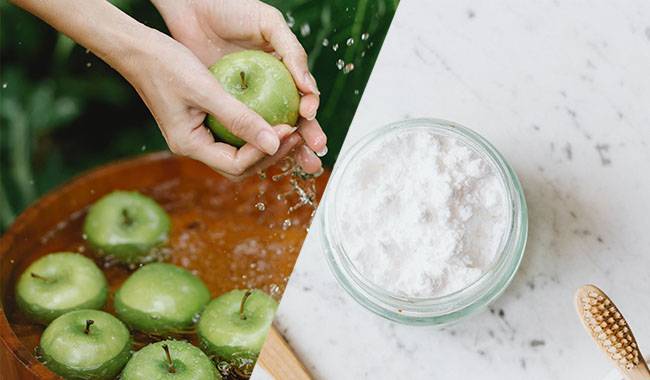
Toothpowder or toothpaste
Tooth powder or toothpaste is also often used as a supplement. For example, you can use tooth powder to make a quick mix. To do this, you need to combine wood ash (3 tablespoons), toothpowder (3 tablespoons), and copper sulfate (1 tablespoon). These substances should be dissolved in 0.25 Gal (1 liter) of clean water, and you can start feeding the flowers immediately (you don’t need an infusion). Toothpaste can also be used fairly quickly to make fertilizer. You can use 1/3 tube of toothpaste per 0.25 Gal (1 liter) of water. Stir it well, and you are ready to go. It will nourish the roots and make them look healthier.
Water leftover from washing fish or meat
Water leftover from washing fish or meat is also a good fertilizer. However, it should be filtered before being poured into the plants.
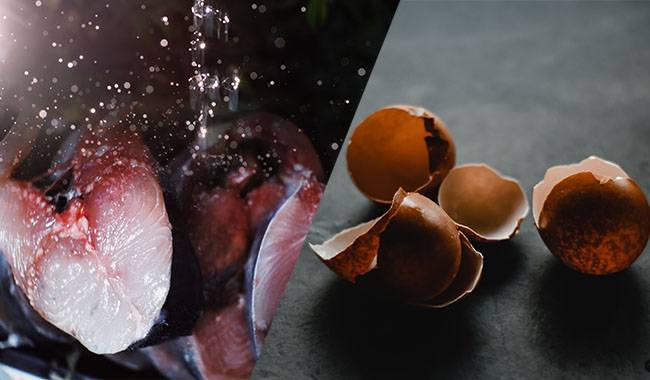
Eggshells
According to some growers, eggshells are also good for plants. It has a large amount of calcium. Crush it up and add it to the soil when transplanting, or leave it in water for a while, then water the plants with the resulting liquid. However, there are a few buts. The fact is that plants are quite poor absorbers of calcium, and not all plants need it. If there is too much of this trace element in the soil, the flowers will start to shrivel. Therefore, it is up to you to decide whether to use it or not.
SIMPLE FERTILIZATION RULES
To fertilize your houseplants correctly and for their benefit, you need to remember some very important rules. They are as follows.
- Do not fertilize your plants for about eight weeks after replanting. Fresh soil is rich in nutrients and can cause a lot of damage to your plants if fertilized regularly.
- Before fertilizing, water the soil with clean water; this will avoid the negative effects of using highly concentrated fertilizers.
- If plants are sick or too weak, only small concentrations of fertilizer should be used.
- Generally speaking, plants only need fertilizer in spring and summer and should not be fertilized at other times.
Try not to over-fertilize, as over-fertilization can adversely affect the plant and may even kill it. Therefore, you should fertilize your plants correctly and in as balanced a manner as possible.
More Related Information About Planting & Growing Houseplants




